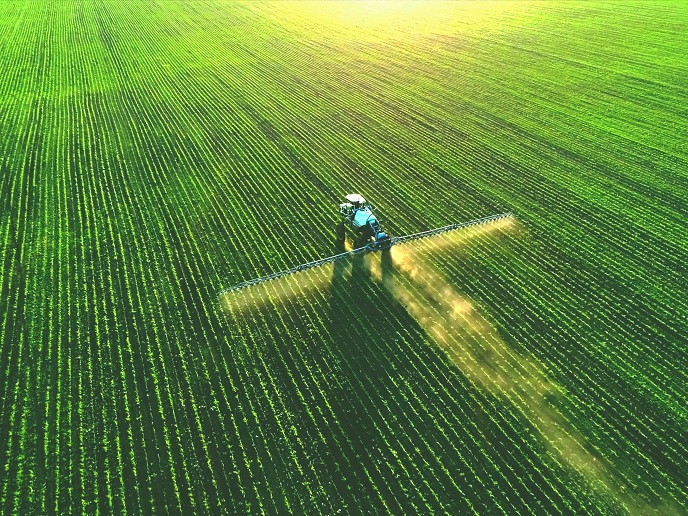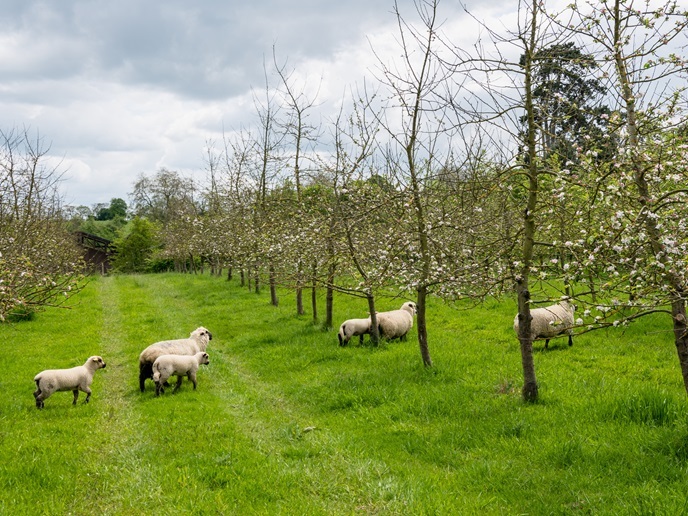Bringing sustainable fertilisers to the market
Chemical fertilisers can exert a heavy toll on the environment. Their production typically relies on fossil fuel use, which drives up carbon emissions. In their final application on the farm, nitrogen can escape into the air or nearby waterways, causing further pollution. The EU-funded SmartNitroFarm project created an environmentally and ecologically friendly alternative, using air and electricity to turn animal slurry into a high-quality fertiliser. The EU-funded Sustainable Manure(opens in new window) (Fertiliser from air by plasma treatment ) project worked to take this idea to the next commercial level.
Bringing an idea to commercial reality
“The Sustainable Manure project focused on developing the next-generation plasma technology,” explains Trond Lund(opens in new window), head of business development at N2 Applied(opens in new window). For the technology to become commercially viable, several aspects of the system had to be improved. The energy input per ton of processed material needed to be brought down, as did the initial capital cost of the system. The team also worked to improve the lifetime and maintenance of consumable plasma electrodes, a fundamental part of the fertiliser system. The Sustainable Manure project achieved improvements on all these factors and showed that the research in the project can be scaled and used in practical commercial machines on farms. “The achievement of improved energy efficiency was documented at lab scale and has the potential to change the way we supply nitrogen for food production,” says Lund. “The next step is to make this available in full-sized commercial systems which will take some time,” he notes. The project successfully developed the underlying technology and also created a pathway of how to reduce the cost of the plasma system. The next step is to make commercial systems available to the market, which has a short to intermediate time frame. “On the development of consumables, the results have already been implemented in the next-generation systems already being built and on their way as commercial units to farms in 2023,” remarks Lund.
Forging strategic partnerships
Thanks to the success of the project in demonstrating and improving the technology, the Sustainable Manure team was able to secure a strategic partnership with GEA(opens in new window) to introduce the technology commercially. This partnership aims to scale up and accelerate the adoption of the fertiliser technology, to bring the benefits of sustainable manure to a global market. The initial markets being targeted for commercial release are Germany, the Netherlands, the Nordics and the United Kingdom. “We are very proud of having achieved technical improvements directly affecting the likelihood of commercial success of the N2 technology,” Lund adds. “As plasma treatment enables local nitrogen production from electricity, recycles the nutrients on the farm and has a big impact on the carbon footprint of the produce, seeing the units on their way to being rolled out in the market really feels that we are on the way to improving global food production.”







